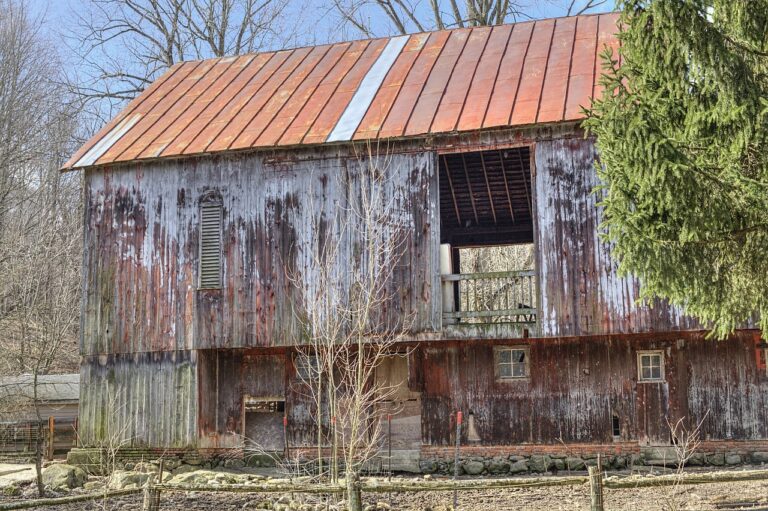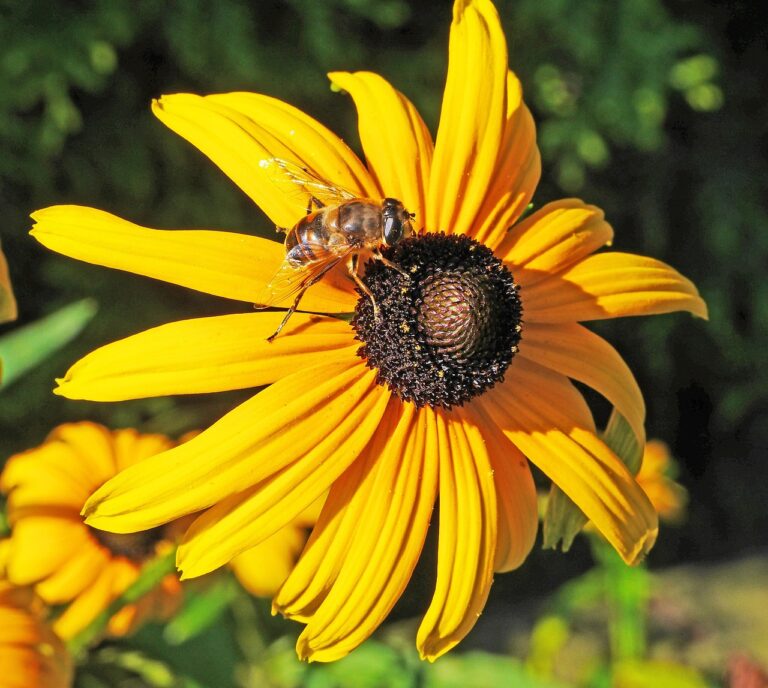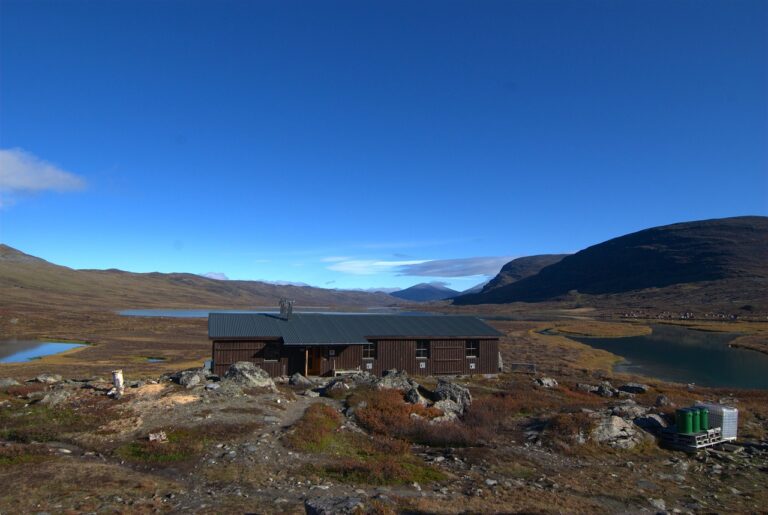Low-Maintenance Landscaping Ideas: Designing Beautiful Yards with Less Effort
Low-maintenance landscaping offers homeowners a plethora of advantages, from saving time on yard work to reducing water usage. By choosing plants that require minimal upkeep and opting for hardscaping features like gravel or mulch, individuals can enjoy a beautiful outdoor space without the constant need for maintenance. This type of landscaping also tends to be more environmentally friendly, as it often involves using native plants that are well adapted to the local climate and require less water and fertilizer.
In addition to the time and environmental benefits, low-maintenance landscaping can also save homeowners money in the long run. With less need for mowing, pruning, and fertilizing, expenses related to lawn care are significantly reduced. Furthermore, by incorporating drought-tolerant plants and efficient irrigation systems, water bills can be minimized, leading to long-term cost savings. Ultimately, low-maintenance landscaping not only provides a picturesque outdoor retreat but also contributes to a more sustainable and cost-effective way of maintaining a property.
Choosing the Right Plants for Easy Care
When selecting plants for your garden that require minimal upkeep, opt for varieties that are well-suited to your local climate and soil conditions. Native plants are often a good choice as they are naturally adapted to the area’s environmental factors and tend to thrive with little intervention. Look for species that are resistant to common pests and diseases to minimize the need for chemical treatments.
Additionally, consider the mature size of the plants you choose to avoid excessive pruning and maintenance in the future. Selecting compact or dwarf varieties can help keep your garden looking neat and tidy without frequent trimming. Lastly, prioritize plants that are drought-tolerant to reduce the amount of watering required, making your gardening tasks easier and more sustainable in the long run.
Utilizing Mulch for Weed Control
One effective way to keep weeds at bay in your garden is by making good use of mulch. Applying a layer of mulch around your plants helps to suppress weed growth by blocking out sunlight and preventing weed seeds from germinating. Not only does mulch act as a natural barrier against weeds, but it also helps retain soil moisture and regulate soil temperature for healthier plant growth.
What are the benefits of using mulch for weed control?
Mulch helps suppress weed growth by depriving them of sunlight and reducing their access to nutrients. It also helps retain soil moisture, which can prevent weed seeds from sprouting.
How often should I apply mulch for weed control?
It is recommended to apply mulch at least once a year, preferably in the spring when weeds are just starting to grow. You may need to add more mulch throughout the year if it starts to break down or thin out.
What type of mulch is best for weed control?
Organic mulches like wood chips, straw, or shredded leaves are often the best choice for weed control as they can break down over time and improve soil health. Inorganic mulches like plastic or landscaping fabric can also be effective but may not be as environmentally friendly.
Can mulch attract pests or insects?
While mulch can provide a habitat for some insects, it is unlikely to attract pests that would harm your plants. In fact, mulch can actually help improve soil health and promote beneficial insects that can help control pests.
How thick should I apply mulch for weed control?
A layer of mulch that is 2-4 inches thick is typically recommended for weed control. Be careful not to apply mulch too thickly, as this can prevent water and air from reaching the soil and may promote fungal growth.







